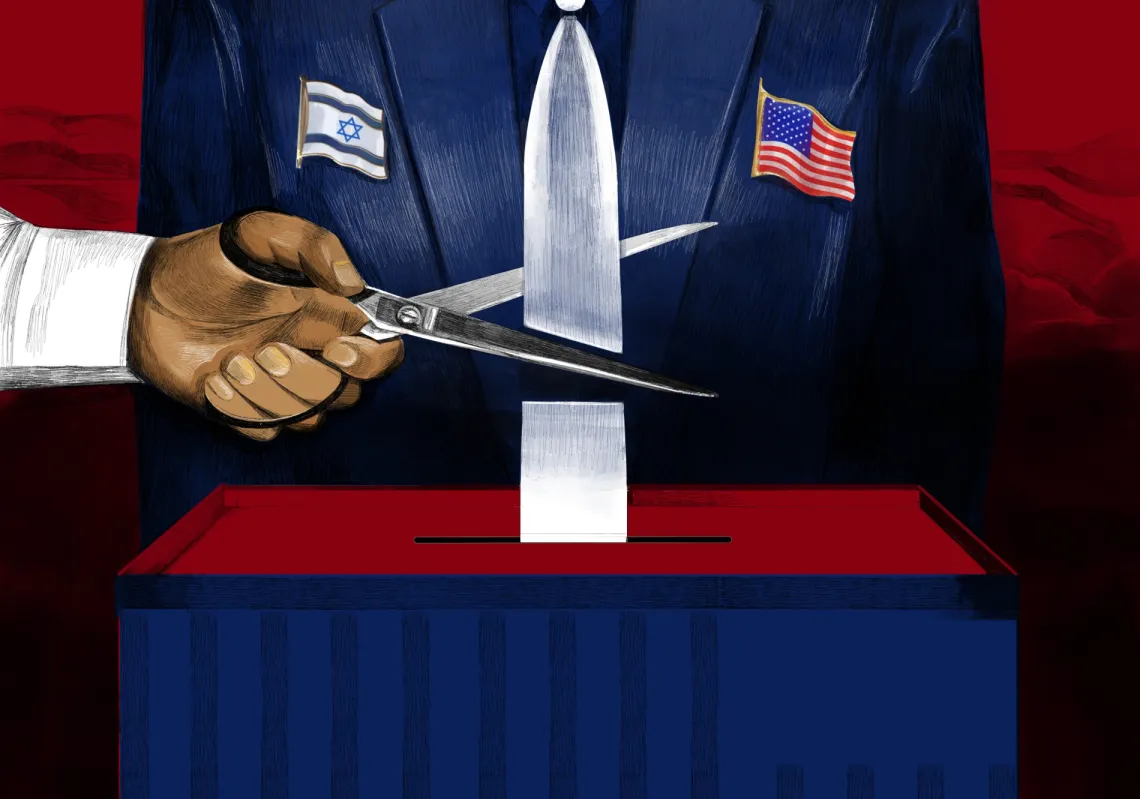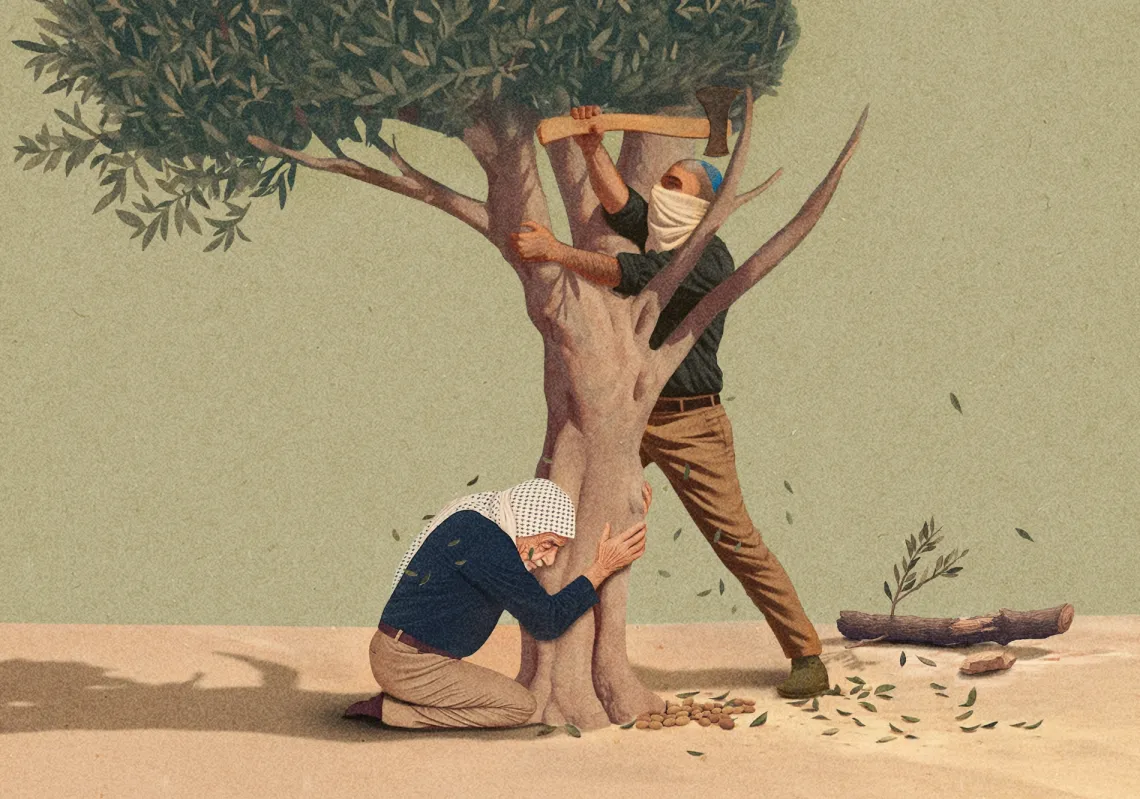Legal Institutions and Collective Memories
Onati International Series 2009
Susanne Karstedt
We are taught that history is important to study, because nations, like people, can learn from the past. What is often left out of such advice is the possibility that history is not necessarily a fact. Although there is certainly a string of events that compose history, history is rarely remembered as an objective sequence of events. Rather, the history of communities, from nations to religious groups, is often remembered in a very specific way and it serves an important function to the group it pertains to. This normative history, or collective memory, defines not only a group’s past but also its values and aims.
The establishment of collective memory, the shared past and values of a group, is the subject of Susanne Karstedt’s latest edited volume Legal Institutions and Collective Memories. This compilation of articles draws from international history to demonstrate how specific readings of the past can come to shape the identity of groups. Examples abound, from the Holocaust to the Rwandan genocide as well as the legacy of communism in Eastern Europe; this book addresses how these traumatic periods of history are dealt with by the communities that experienced them. More importantly, the book evaluates the relationship between how such events are remembered and the ability of communities to come to terms with the past.
The relationship between reconciliation, justice, remembering and forgetting are eloquently explored. Does forgiving imply forgetting? Can a community forget the injustices of the past? Can remembering be dangerous, could it encourage revenge? Practically, is it possible to obtain justice when entire communities are guilty of discriminating each other? Can a country transition from a phase of authoritarian oppression to one of democracy without dealing with the past?
Frustratingly, many of these questions have indefinite answers. However, the book is more than a philosophical inquiry into the relationship between the past and the present. Legal Institutions and Collective Memories is able to distil important trends in reconciliatory process, and thus provides important lessons for those interested or implicated in transitional phases of history. One founding principle of the book is the role that legal institutions—from courts to truth and reconciliation commissions—play in the creation of a dominant narrative of the past.
While legal institutions are usually interpreted as a source of justice, they are rarely understood as the framework on which history is grounded. However, Karstedt’s work is convincing in demonstrating that, in fact, legal institutions are fundamentally related to the collective memory of communities.
Legal institutions allow witnesses to bring to “the court room experiences and memories of terror and violence that were attached to cities, streets and houses but had been eradicated from the normal spaces in which memory is exercised and sedimented in society. They recreated a space for such memories for the first time, even within the restrictive boundaries of the law.”
Legal institutions are powerful because they not only give a voice to victims and perpetrators; they also determine how those accounts are remembered. In declaring guilt and innocence, legal institutions imbue the past with normative values, and thus express the values of the communities they represent. “Simultaneously they set the stage for all types of forgetting, for individual denial of guilt and repression of memories, amounting to social amnesia of a terrible past, for amnesties as lawful amnesia… and equally for those kinder versions of forgetting like reconciliation and forgiveness.”
In terms of nation building, perhaps no other country’s collective memory is so linked to legal institutions as South Africa. Following Apartheid, the Truth and Reconciliation Commission was brought in to deal with the country’s troubled past, but also to create the foundations for a future nation that would be based on racial equality. How was the Truth Commission capable of creating the idea or the collective memory of a country that stands for equality if its past was founded on racial discrimination? In remembering past events as wrong, and acknowledging that the values of a “new” South Africa were based on equality, the Truth Commission created a national identity. Although such mechanisms are far from perfect, and other narratives of the country’s past have not been eradicated, South Africa’s example shows that institutionalized readings are by default the most dominant interpretation of the past. As Krastedt explains, this is because law “…as it defines property rights or relations of domination and subordination within a society and between its different groups, leaves its visible stamp on social space and thus shapes the collective memory of groups and society as a whole.”
The depth and breadth with which collective memory is explored in the book is impressive. In highlighting the advantages and disadvantages of institutionalizing collective memories, Karstedt’s book stands to impact many of the ongoing conflicts that shape the world today. For example, the question of Afghanistan’s future relationship with the Taliban is inextricably related to the numerous issues that are raised in the book. Those interested in seeing stability and peace in the country restored will inevitably have to deal with collective memory of past violence. Although, each conflicted past differs, and Karstedt makes no claim to offer solutions to such troubled histories. This book instead exposes how much memories of the past impact future relationships.








